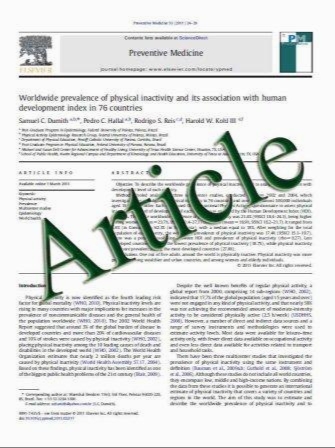MRI assessment of the structural labrum integrity after Bankart repair using knotless bio-anchors
- نوع فایل : کتاب
- زبان : انگلیسی
- مؤلف : T. Stein • A. P. Mehling • C. Reck • J. Buckup • T. Efe • R. Hoffmann • A. Ja¨ger • F. Welsch
- چاپ و سال / کشور: 2011
Description
Purpose Adequate labral restorations after Bankart repair have been demonstrated in cadaver models for knot-tying and knotless anchors and in vivo by magnetic resonance imaging for knot tying. The influence of glenoidal biodegradation on clinical outcome, and conclusions regarding drill hole enlargement and foreign body reactions remain controversial. Methods The labrum was analyzed in magnetic resonance images for 37 consecutive patients with Bankart repair using knotless PLLA anchors and for 31 volunteers as radiologic controls. The labrum was assessed regarding slope, height index (quotient between labral height to the glenoid height), and labrum morphology in axial and coronal T2 images. Glenoidal bio-degradation was graded in terms of the drill hole configuration in T1 images and the corresponding osseous reaction in T2 images. Constant- Murley, Walch-Duplay, and Rowe scoring were carried out preoperatively and at follow-up. Results At 15 months after arthroscopy, the anterior slope (24.8), height index (3.0), inferior slope (25.4), and height index (2.5) were not significantly different from control values. Morphologic analysis revealed significant changes in the Bankart group (P\0.05) that were influenced by the number of preoperative dislocations. Biodegradation proceeded slowly with no evidence of drill hole enlargement. Osseous reactions were significantly greater in inferior compared to superior implants. The clinical scores were excellent and were not influenced by bio-degradation. Conclusions Knotless anchors facilitate labral restoration that is comparable to the knot-tying approach. Bio-degradation proceeds slowly without clinical or radiologic evidence of foreign body reactions. Level of evidence III.
Knee Surg Sports Traumatol Arthrosc DOI 10.1007/s00167-011-1407-2 Received: 9 July 2010 / Accepted: 17 January 2011


